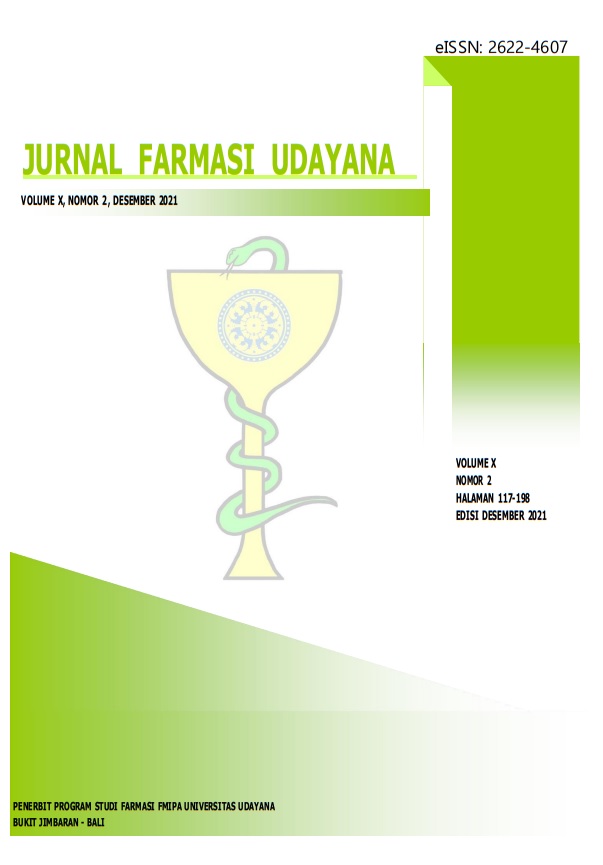Antihyperuricemia Activity of the Ethyl Acetate Fraction of Bilimbi Leaves (Averrhoa bilimbi L.)
Fauziah et al., Antihyperuricemia Averrhoa bilimbi Leaves
Abstract
Hyperuricemia is a condition where there is an increase in uric acid levels above normal. An increase in the number of leukocytes is also a biological marker of hyperuricemia. The leaves of bilimbi (Averrhoa bilimbi L.) are one of the traditional medicinal plants which contain alkaloids, tannins, steroids, and flavonoid compounds. Flavonoid compounds are thought to inhibit the formation of uric acid in the body. This study investigates the antihyperuricemia activity of the ethyl acetate fraction of bilimbi leaves. The animals were male white mice grouped into six groups: the normal group, negative control, positive control (allopurinol), and the group was given the ethyl acetate fraction of bilimbi leaves at doses of 100, 200, and 400 mg/kg BW. Hyperuricemia induction is by giving high-purine diets and potassium oxonate. The results showed that the variation of the ethyl acetate fraction of bilimbi leaves significantly reduce uric acid levels and the number of leukocyte cells (sig <0.05). Giving ethyl acetate fraction at a dose of 400 mg/kg BW showed the best reduction in uric acid and leukocyte levels.




